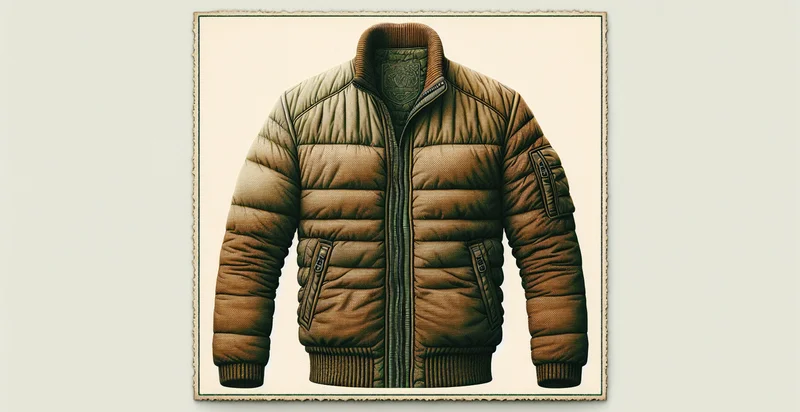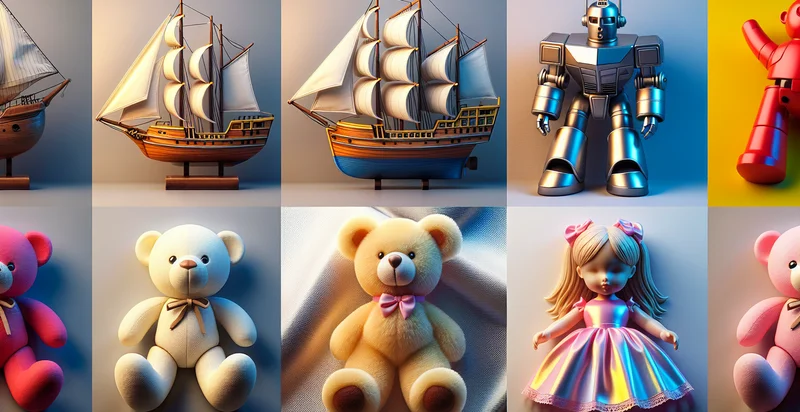Identify what material a dress is made from
using AI
Below is a free classifier to identify what material a dress is made from. Just upload your image, and our AI will predict what material a dress is made from - in just seconds.

Contact us for API access
Or, use Nyckel to build highly-accurate custom classifiers in just minutes. No PhD required.
Get started
import nyckel
credentials = nyckel.Credentials("YOUR_CLIENT_ID", "YOUR_CLIENT_SECRET")
nyckel.invoke("what-material-a-dress-is-made-from", "your_image_url", credentials)
fetch('https://www.nyckel.com/v1/functions/what-material-a-dress-is-made-from/invoke', {
method: 'POST',
headers: {
'Authorization': 'Bearer ' + 'YOUR_BEARER_TOKEN',
'Content-Type': 'application/json',
},
body: JSON.stringify(
{"data": "your_image_url"}
)
})
.then(response => response.json())
.then(data => console.log(data));
curl -X POST \
-H "Content-Type: application/json" \
-H "Authorization: Bearer YOUR_BEARER_TOKEN" \
-d '{"data": "your_image_url"}' \
https://www.nyckel.com/v1/functions/what-material-a-dress-is-made-from/invoke
How this classifier works
To start, upload your image. Our AI tool will then predict what material a dress is made from.
This pretrained image model uses a Nyckel-created dataset and has 20 labels, including Bamboo, Canvas, Chiffon, Cotton, Denim, Georgette, Jersey, Leather, Linen and Nylon.
We'll also show a confidence score (the higher the number, the more confident the AI model is around what material a dress is made from).
Whether you're just curious or building what material a dress is made from detection into your application, we hope our classifier proves helpful.
Related Classifiers
Need to identify what material a dress is made from at scale?
Get API or Zapier access to this classifier for free. It's perfect for:
- Inventory Management: Retailers can utilize the false image classification function to automatically classify and label dress inventory based on materials. This helps in organizing stock, improving retrieval accuracy, and ensuring that customers receive accurate information about the products they are interested in.
- Sustainability Initiatives: Brands can incorporate the classifier to identify the material of dresses, allowing them to track the sustainability of their offerings. By assessing material composition, brands can promote eco-friendly options and eliminate harmful materials from their collections.
- Personalized Marketing: The function can enable targeted marketing campaigns by identifying popular dress materials among different consumer segments. Retailers can use this information to tailor promotions and suggest outfits that align with customers' preferences for specific materials.
- Quality Control: Manufacturers can implement the image classification system in their quality assurance processes to ensure that dresses are made from the claimed materials. This can help identify discrepancies in sourcing and maintain the integrity of their product lines.
- E-commerce Enhancements: Online retailers can enhance the shopping experience by dynamically displaying material information based on analyzed images. Customers would benefit from clearer product descriptions and the assurance that their purchases meet desired material criteria.
- Style Trend Analysis: Fashion analysts can use the material classification function to study trends in dress materials over time. This insights can inform future designs, marketing strategies, and forecasting by understanding consumer preferences and emerging material trends.
- Customer Support Automation: Customer service platforms can integrate this function to quickly answer customer inquiries regarding dress materials. By automating responses based on image analysis, businesses can improve response times and enhance overall customer satisfaction.


